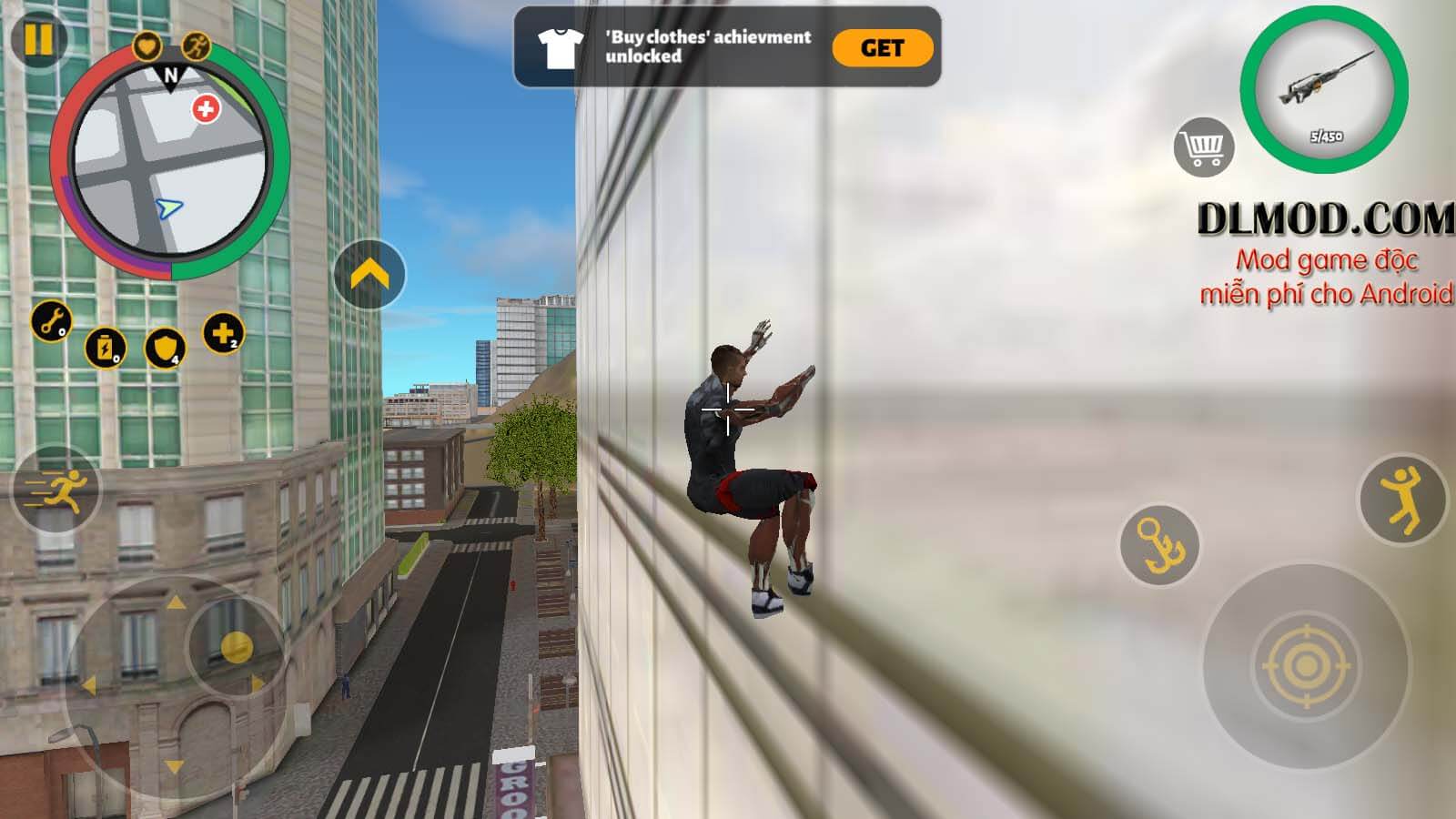

Now thinner than before, the Hero3's shell also offers three waterproof buttons that pass your inputs through to the power/mode select button, the shutter release, and the new Wi-Fi button.
#HERO 3 UPDATE#
The Hero3's clear plastic shell is as much a part of the GoPro system as the camera itself and has received an update as well to match the smaller Hero3 chassis. Like the previous generation, the camera comes with a swappable Skeleton back panel for its clear plastic case that can be used to further improve audio quality at speeds below 100 mph at the expense of waterproofing. GoPro claims that its wind reduction algorithms have been improved for this generation. On either side of the Hero3, you'll find a small pinhole microphone for audio recording alongside your video. I like to see GoPro doing more with less space here, but this connection scheme pretty much locks you into only using GoPro's first-party adapters, which may not be too big a deal for some users. However, with the aid of optional adapter cables, this Mini-USB port can also double as a 3.5 mm microphone input or an analog video output. Finally, there's a Mini-USB port, which makes a return appearance, that is used for charging and syncing. The Hero3 doesn't come with a microSD card, but supports cards with capacities up to 64GB. There's a Micro-HDMI output, shrunken down from the Mini-HDMI of the previous generation, and a microSD card slot, shrunken down from a full-size SD card slot for space savings.

On the left side, behind a removable plastic panel, you'll find the Hero3's greatly simplified bank of connections. However, this built-in Wi-Fi functionality renders the WiFi BacPac itself obsolete for this new generation - although you'll still need it if you have a few older Hero 2s kicking around.

The details of how the Wi-Fi remote works have already been detailed as part of our review of the GoPro WiFi BacPac. On the right side of the unit (when viewed from the front), you'll find the Wi-Fi button that activates and deactivates the wireless connectivity with the GoPro app for smartphones or the Wi-Fi remote (which is included with the Hero3 Black Edition, but not the Silver or White editions). I also found the LCD to be a bit difficult to read in direct sunlight. Expect to spend a bit of time on your first outing just looping through the menus and getting used to where the options are. However, there is a bit of a learning curve. I found the screen to be easy enough to navigate using the GoPro's combination mode/power button to change modes and the shutter release to make selections. The Hero3 uses the same improved LCD of the Hero 2, with its monochromatic dot-matrix display. However, the characteristic fish-eye look of the video and photos captured by the Hero3 hasn't been totally removed, as it's sort of a hallmark of the action-camera style, adding a bit of drama to scenery as it speeds by. On the front panel, you'll find the new f/2.8, six-element aspherical lens that is supposed to offer twice the image sharpness and reduce the amount of barrel distortion at the extremes of its 170-degree field of view. The height and width (42mm by 60mm) are unchanged to maintain compatibility with GoPro's line of BacPac add-on modules and rear doors for the clear plastic shell. However, all of that reduction manifests in reduced thickness with a new depth of only 20mm.
:no_upscale()/cdn.vox-cdn.com/uploads/chorus_asset/file/22808585/02_Boss2.jpg)
The GoPro Hero3 is 25 percent lighter than the previous-generation Hero 2's camera.


 0 kommentar(er)
0 kommentar(er)
